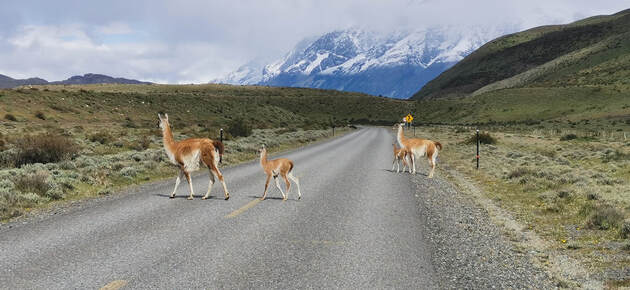Module 0200: Chapter Introduction
Stuff, matter: A theory of atoms
Stuff (or matter): What is it? What is it composed of?
Stuffs have been forever; The notion of atoms is recent.
Some context and overview
Everything in our universe is some sort of stuff, or consists of some stuffs - from our shoes, to a beautiful yellow flower, to the Sydney harbour bridge, to Mount Everest, to an asteroid.
The scientist's word for stuff is matter. And what is matter? According to Wikipedia "Matter is any substance that has mass and takes up space by having volume" (See the Wikipedia webpage Matter for a discussion that will get you thinking).
For centuries, thinkers, philosophers and scientists have discussed and argued about the nature of matter: Do stuffs consist of a continuous smear of something? Or does all matter consist of some aggregation of tiny particles?
The scientist's word for stuff is matter. And what is matter? According to Wikipedia "Matter is any substance that has mass and takes up space by having volume" (See the Wikipedia webpage Matter for a discussion that will get you thinking).
For centuries, thinkers, philosophers and scientists have discussed and argued about the nature of matter: Do stuffs consist of a continuous smear of something? Or does all matter consist of some aggregation of tiny particles?
Since 1803, when English chemist, physicist and meteorologist John Dalton published convincing evidence toward his proposal of an atomic theory of matter, scientific knowledge and progress has been based upon the belief that all stuff consists of particles called atoms. I recommend to you two Wikipedia posts: John Dalton and Atomic theory.
To me, it is rather incredible to think that after such a long period of human existence, this now-universally accepted view was only arrived at a little over 200 years ago. It is equally incredible to think that although the world's best minds could not agree during all of those years, nowadays primary-school students learning chemistry are expected to accept this model as a fact - like elephants are big, have a trunk and four legs.
The content of this Chapter 02 of Aha! Learning Chemistry with Prof. Bob, and indeed all of this website, is built upon acceptance of the atomic model of all stuffs.
For a springboard into the modules in this Chapter 02 click to go to 02 Stuff, matter.
To me, it is rather incredible to think that after such a long period of human existence, this now-universally accepted view was only arrived at a little over 200 years ago. It is equally incredible to think that although the world's best minds could not agree during all of those years, nowadays primary-school students learning chemistry are expected to accept this model as a fact - like elephants are big, have a trunk and four legs.
The content of this Chapter 02 of Aha! Learning Chemistry with Prof. Bob, and indeed all of this website, is built upon acceptance of the atomic model of all stuffs.
For a springboard into the modules in this Chapter 02 click to go to 02 Stuff, matter.
Finding your way around .....
You can browse or search the Aha! Learning chemistry website in the following ways:
You can browse or search the Aha! Learning chemistry website in the following ways:
- Use the drop-down menus from the buttons at the top of each page to browse the modules chapter-by-chapter.
- Click to go to the TABLE OF CONTENTS (also from the NAVIGATION button) to see all available chapters and modules in numbered sequence.
- Click to go to the ALPHABETICAL INDEX. (also from the NAVIGATION button).
- Enter a word or phrase in the Search box at the top of each page.



